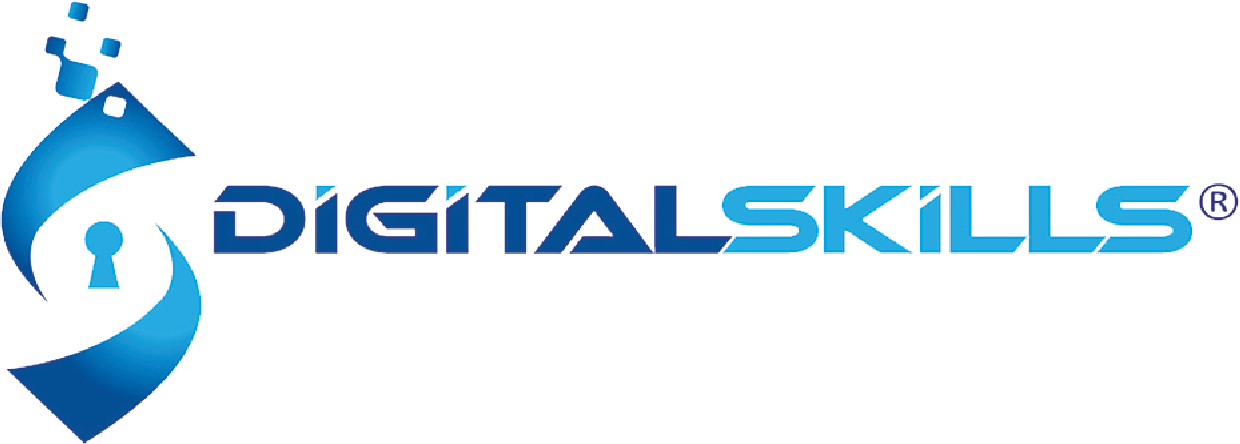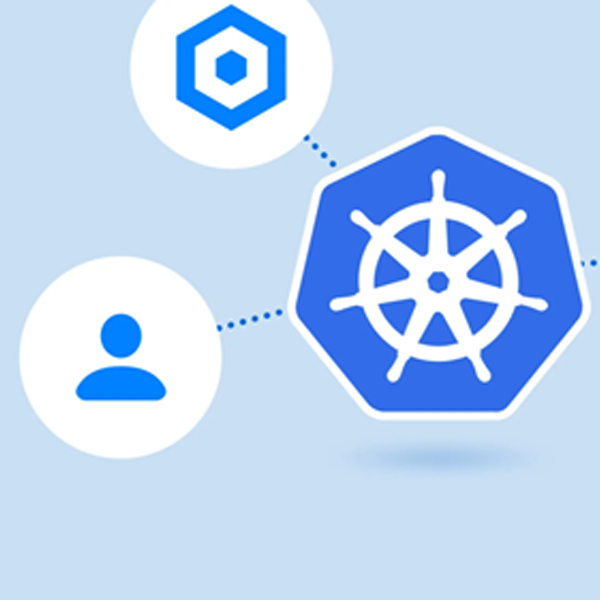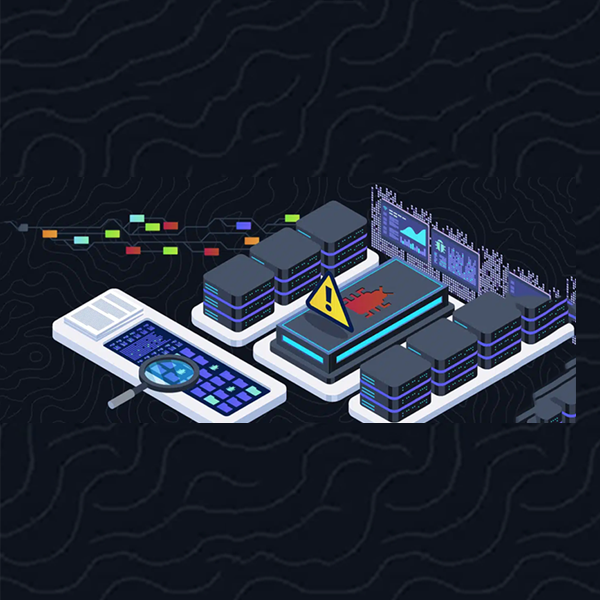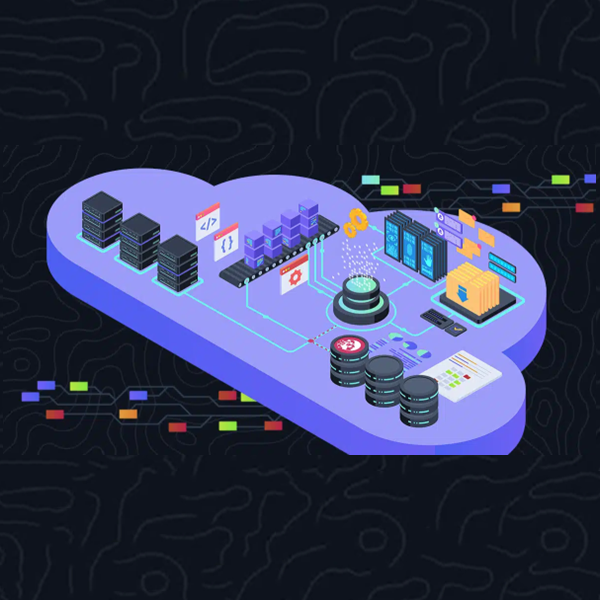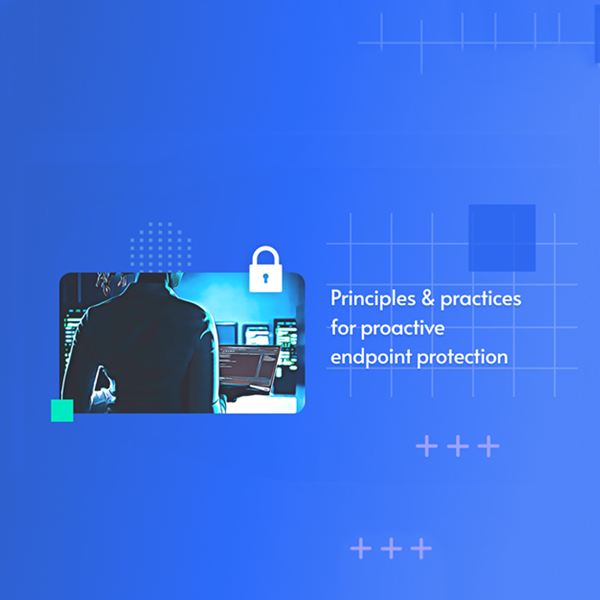The Digital Operational Resilience Act (DORA) has established a comprehensive regulatory framework to enhance the operational resilience of financial entities in the European Union (EU). As financial institutions increasingly rely on digital systems and networks, it is crucial to adopt effective measures to identify and mitigate potential information and communication
technology (ICT)-related risks.
Autonomous penetration testing has emerged as a valuable tool for ensuring compliance with DORA requirements. This paper explores the benefits of autonomous penetration testing and its role in bolstering digital operational resilience to meet the standards set forth by DORA.
Introduction
The evolving threat landscape and the increasing dependence on digital systems demand a proactive approach to identify weaknesses and enhance operational resilience. Autonomous penetration testing, also known as automatic penetration testing, offers a compelling solution. It involves the use of advanced technologies and methodologies to execute benign cyberattacks and identify potential weaknesses in IT infrastructures.
DORA Compliance Requirements
DORA mandates financial entities to establish robust ICT risk management practices, perform operational resilience testing, and conduct continuous risk assessments of their ICT systems. Autonomous penetration testing aligns with these requirements by providing a comprehensive assessment of an organization’s digital infrastructure, identifying weaknesses, and assessing its ability to withstand cyber threats.
Advantages of Autonomous Penetration Testing
Continuous Assessment: Autonomous penetration testing allows for continuous assessment of IT systems, detecting vulnerabilities and potential weaknesses in real-time. This ensures ongoing compliance with DORA and enables prompt remediation actions.
Realistic Simulation: By executing benign real-world attack scenarios, autonomous penetration testing provides an accurate assessment of an organization’s security posture. It tests the effectiveness of existing security controls, identifies weaknesses, and highlights potential points of failure.
Scalability and Efficiency: Traditional manual penetration testing can be timeconsuming and resource intensive.
In contrast, autonomous penetration testing offers scalability and efficiency by automating the scanning, testing, and reporting processes. This enables financial entities to assess a wider range of systems, applications, and network components in a shorter time frame.
Proactive Risk Management: Autonomous penetration testing empowers financial entities to proactively identify and mitigate risks before they can be exploited. By continuously evaluating their systems’ security, organizations can implement timely remediation measures, reducing the
likelihood of successful cyberattacks.
Compliance Reporting: Autonomous penetration testing generates detailed reports and provides evidence of compliance with DORA requirements. These reports can be submitted to regulators, demonstrating a proactive approach to cybersecurity and operational resilience.
Integrating Autonomous Penetration Testing into DORA Compliance Strategies
To leverage the benefits of autonomous penetration testing for DORA compliance, financial entities should consider the following steps:
- Comprehensive Coverage: Ensure that all critical systems, applications, and network components are included in the autonomous penetration testing program. This includes both internal and external infrastructure, as well as third-party dependencies.
- Continuous Testing: Implement a continuous testing approach to provide ongoing insights into the security posture of digital assets. This ensures that new weaknesses are promptly identified and addressed.
- Remediation and Risk Mitigation: Establish processes to address vulnerabilities and weaknesses identified through autonomous penetration testing. Promptly remediate issues and prioritize risk mitigation strategies to strengthen operational resilience.
- Collaboration and Information Sharing: Foster collaboration between financial entities, regulators, and industry stakeholders to share insights and best practices related to autonomous penetration testing. This collective effort can enhance the overall cybersecurity posture of the financial sector.
Benefits of NodeZero™ Autonomous Penetration Testing Solution
Organizations who have adopted NodeZero as part of their risk assessment process, and added it into their cybersecurity programs, experience the following benefits, and more:
- Eliminate risks and validate security with continuous assessments. Provides proof of current security levels, highlights effective remediations, tracks improvement over time, and generates reports that analysts and auditors understand.
- Improve security performance and visibility of risk level. Delivers reports that leaders will appreciate and verifies risks are identified, prioritized, and addressed, plus justifying their investment, and proving its effectiveness.
- Spot attack vectors before they’re exploited through easy-to-understand attack paths. Proactively identifies weaknesses and provides top-level views of larger systemic issues, and how to address them at a macro level for longterm cyber resilience.
- Obtain a prioritized list of what needs fixing most urgently. Eliminates time-consuming false positives and improves the capacity of security and IT teams regardless of the level of expertise or size of the overall team.
- Perform assessments on demand. Allows teams to find, fix, and verify as often as they like – and even concurrently – without additional costs while reducing the need to hire 3rd party assessors and penetration testers.
Conclusion
Autonomous penetration testing is a powerful tool that financial entities can employ to achieve compliance with the Digital Operational Resilience Act (DORA). By embracing this technology-driven approach, organizations can continuously monitor their digital infrastructure, identify weaknesses, and proactively strengthen operational resilience. Autonomous penetration testing serves as a vital component in meeting the rigorous standards set by DORA and ultimately contributes to a more secure and resilient financial ecosystem in the European Union.
Artigo traduzido e disponibilizado pela DigitalSkills Consulting - Distribuidora oficial de soluções de cibersegurança do fabricante Horizon3ai. Para mais informações: www.digitalskills.pt | [email protected] | 21 418 05 21
Artigo original publicado no site do fabricante https://www.horizon3.ai/


